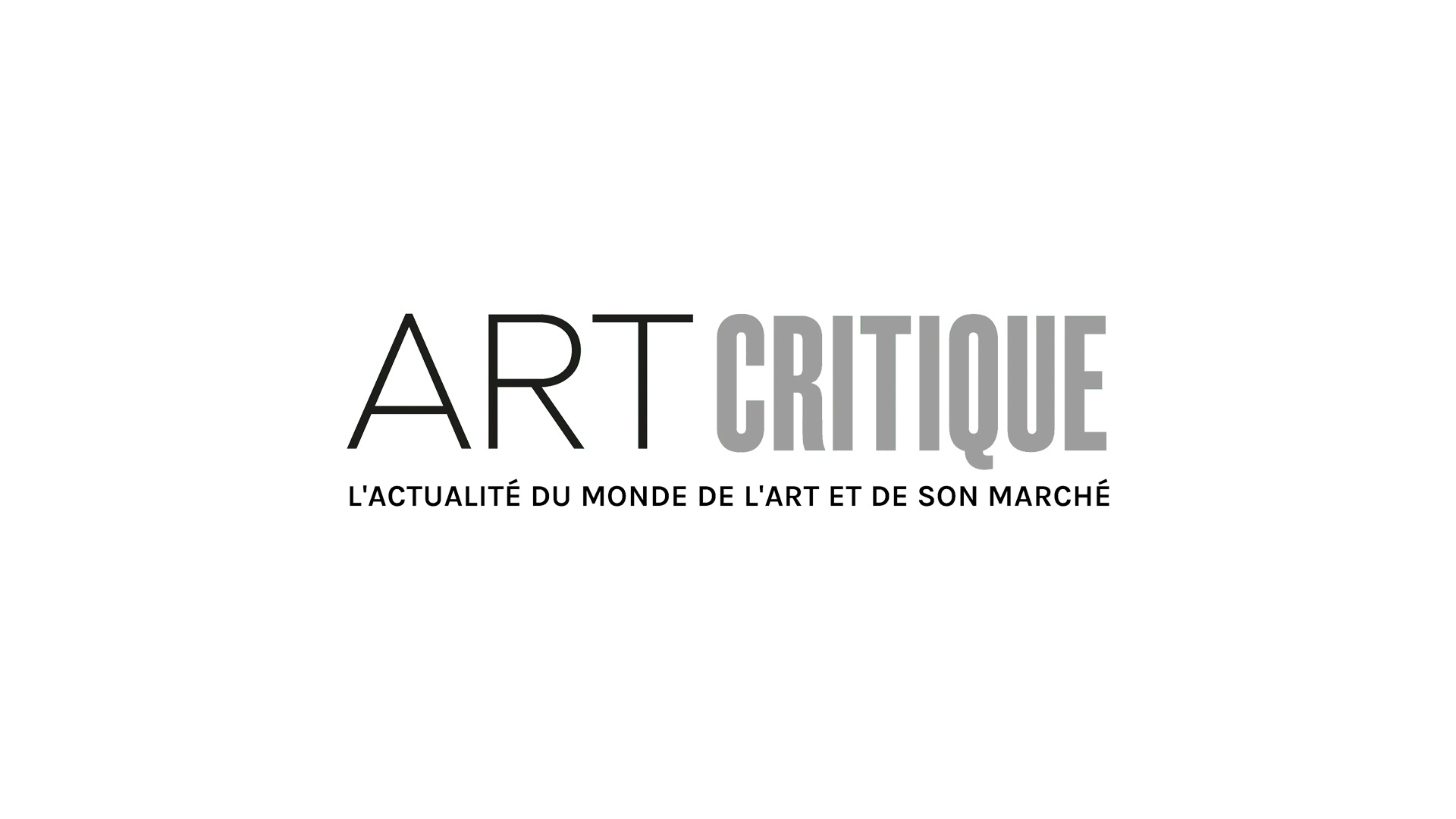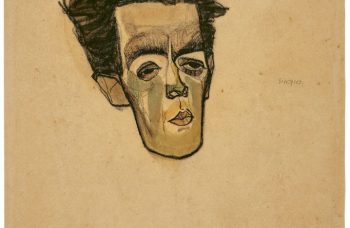International art fraud is once again under the spotlight with the news that London Metropolitan Police have issued a warrant for the arrest of Angela Gulbenkian, a former high-society art heiress who failed to show up in court to answer accusations over the fraudulent sale of a Yayoi Kusama sculpture.
Hong Kong-based art consultant Mathieu Ticolat filed criminal charges against Gulbenkian at the beginning of 2018 when the Kusama ‘Pumpkin’ piece he believed he’d bought for £1.1m didn’t materialise. Despite missing an earlier court date, Gulbenkian managed to have the original trial date rearranged by apparently feigning a medical issue— only to duck out of her rescheduled trial, too.
It’s not the only controversy in which Gulbenkian is embroiled, either: she apparently cheated an art collector out of an Andy Warhol print and stole £50,000 from former client Jacqui Ball. The Warhol fraud – originally reported in the Art Newspaper – came to light when the collector realised that Gulbenkian had pocketed, rather than passed on, the £115,000 paid by a London dealer to acquire the Queen Elizabeth II print. The deception was reported when Gulbenkian was already under investigation for the Ticolat crime.
Gulbenkian acquired her society credentials when she married into one of Europe’s most respected art-collecting families – a connection that Hannes Hartung, who is coordinating legal action in both cases, believes Gulbenkian is cynically exploiting to ‘lure in victims’.
Getting away with it
Christopher Marinello of Art Recovery International, who has been helping one of Gulbenkian’s alleged victims get his money back, has expressed his frustration with the way in which fine-art fraudsters like Gulbenkian are able to evade justice. “While she’s awaiting trial, she’s still committing additional crimes,” Marinello lamented, noting that Gulbenkian has been seen at various international art fairs even as her legal troubles have piled up.
He compared the ease with which Gulbenkian seems to have pushed judges around—officials allowed a new trial date to be set despite court concerns over the provenance of the doctor’s letter supporting the adjournment—to the harsh stance which other grifters have faced. Marinello cited the example of fellow art world fraudster Anna Delvey, a Russian woman who passed herself off as German heiress: “She’s sitting in jail right now for a $200,000 unpaid hotel bill, whereas [Gulbenkian] stole $1.5 million and is still getting sympathy from the courts”.
It’s not just Gulbenkian who’s managed to dodge the consequences of her actions; criminals who operate in the fine art market often seem to con the justice system as easily as they did their clients. Two years ago, the trial of Itzhak Zarug and Moez Ben Hazaz was expected to mark a turning point in the global fight against art forgery. The two were accused of running a gang which made at least €2.5 million by imitating Russian avant-garde artists like Wassily Kandinsky.
Hopes had been high that the case – described by German newspaper Der Spiegel as the forgery scandal to ‘overshadow’ all others – would send a chill wind through the art community. Police raided dozens of properties in Israel and Europe, seizing over 1,500 works. But by the time the verdict was returned, three-and-a-half years after Zarug and Ben Hazaz’s trial began, the charge sheet had been decimated.
One bizarre saga involving a combative pair of divorced expert witnesses later, Zarug and Ben Hazaz received surprisingly light sentences (with credit for time already served). What’s more, Zarug received his collection back – rubber-stamped as genuine by the very German court many had assumed would convict him. The disheartening finale of the case has left many questioning authorities’ ability to crack down on art fraud, even in the face of overwhelming evidence.
Back in 2005, a French waiter who had been dubbed one of the ‘most successful art thieves in existence’ and whose mother had, tragically, disposed of hundreds of works in order to cover her son’s tracks, was handed a mere 26 months in jail. Although hailing from a wealthy family, Stephane Breitwieser plundered small museums for paintings, jewellery and other valuables, smuggling them out during legitimate visits while his girlfriend stood lookout. Despite claiming to be motivated by his passion for art, it’s believed he traded dozens of items, with many more being destroyed by his mother while he was in custody in attempt to hide the evidence of Breitweiser’s crime spree.
In all, Breitwieser admitted to misappropriating more than 200 works of art, valued at upwards of $14m. And, as if demonstrating the absurdity of his lenient sentencing, Breitwieser swiftly returned to his life of crime upon his release from prison, leading to his re-arrest in 2019 after large amounts of cash and stolen artefacts were discovered at his house in Marmoutier. It’s estimated that, during the course of his long career as an art thief, Breitwieser stole items totalling over $1bn – with prosecutions so thin on the ground, Breitwieser must have felt as if he was leading a charmed life.
The difficulties of bringing the fraudsters to book
What exactly is it about the art world that makes it difficult to bring wrongdoers to justice? For one thing, evidence can be difficult to obtain if artworks have been sold on the black market, leaving police struggling to gather enough proof to persuade prosecutors to take action. In 2018, the case against a gang thought to be responsible for a £2.7m art heist in a private house in Somerset, England collapsed due to ‘insufficient evidence’, following a nine-year investigation.
Even when investigations into art crimes make it as far as the courtroom, lawyers can find it difficult to communicate the complexities of the art market, especially as the subject requires a high degree of visual – rather than documentary – analysis. The art sector’s peculiarities also make it hard to establish conclusively whether or not an artwork is a forgery; even if there are serious doubts about works’ provenance, suspected forgers like Zarug and Ben Hazaz will often get off lightly. Moreover, the insular nature of the art world can make it difficult to even find experts willing to examine suspected forgeries.
In many cases, the authentication of artwork hinges on opinion and conclusions often conflict. Perhaps unsurprisingly, a large number of disputes are settled out of court to protect the reputations of all parties – not least of the artwork itself. It’s certainly not unheard of for the unwitting buyer of a fake to prefer to conceal their loss, rather than display their ignorance or naivety for ridicule by their peers. For the wealthy elite, admitting to being duped by a forgery represents the ultimate humiliation.
The tricky business of authentication
Because of the secrecy surrounding art acquisitions, it’s thought that many collections include a proportion of counterfeit works. The proliferation of forgeries is largely the result of the rise in artworks acquired for investment rather than for appreciation; art has become a commodity and is increasingly seen in money-laundering cases. Experts estimate that $6bn of the $200 billion spent each year on art is connected with fraud.
Which begs the question: who can you trust? If it’s difficult for experts with decades of experience to distinguish genuine from forged artworks, then how can collectors be confident about the provenance of their investments. Technology can sometimes play a role—forensic analysis of a white pigment finally marked the end of master forger Wolfgang Beltracchi’s long career—but is itself fallible.
Even distinguished auction houses have traded in works of art later denounced as fake. The art establishment in Australia was rocked a few years ago when avid art collector (and lawyer), Louise McBride went public after learning that an Albert Tucker painting she’d acquired from Christie’s a decade earlier was a forgery. McBride took the case to the Supreme Court, gunning not just for damages but to expose the forgeries trade in Australia which is thought to be worth around $300 million a year.
Who cares?
Because of the elite nature of the art market, the public at large may be inclined to think that art crimes only hurt the rich. Indeed, some art criminals have even tried to style themselves as latter-day Robin Hood characters, only robbing those who can afford to lose their belongings, or as true art connoisseurs who are more likely to appreciate the artist’s vision. Like Stephane Breitwieser, Vjeran Tomic saw himself as an art aficionado, employing daring parkour skills and derring-do to steal paintings worth $100,000,000 from the Paris Museum of Modern Art.
Art crimes aren’t victimless, though. Breitwieser’s passion for beautiful objects, for example, resulted in the permanent loss of hundreds of treasures, while proceeds from stolen or forged art can often be used to fund other areas of criminal activity. In 2014, hundreds of art works were discovered in a Munich apartment. The works, worth an estimated $1.3bn had been stolen from Jewish families during World War II and represented a fraction of the 100,000 ‘Holocaust’ objects that are thought to exist but whose whereabouts remain unknown.
And, although the image of glamorous ‘gentleman thieves’ as portrayed in films like The Thomas Crown Affair persists, in reality, art criminals are hardened professionals who see art and antiques as assets that can be used to fund other areas of criminal activity. With art becoming a useful way of swerving money-laundering regulations, stolen paintings – which are easy to transport across international borders – can be used as ready collateral to help pay for drugs or to secure black-market loans to finance illicit schemes. And, thanks to art’s universal value, there’s no need for any currency conversion.
Angela Gulbenkian’s apparent ability to skirt the law only highlights the fact that judicial authorities need to find a more effective way of handling arts cases if trust in the sector is to be rebuilt.





